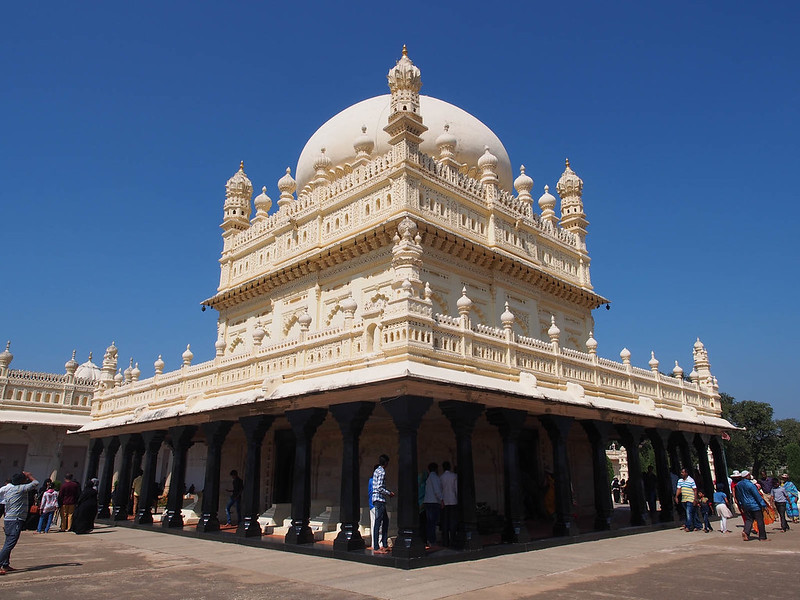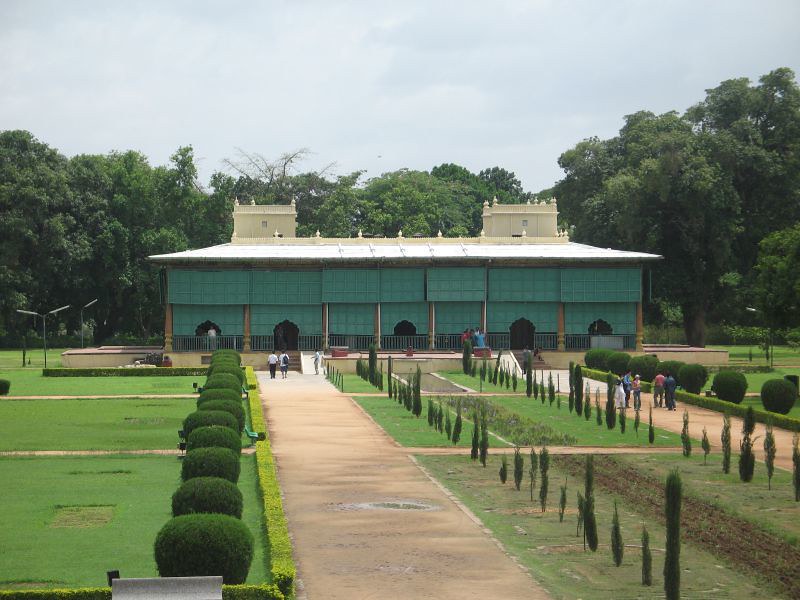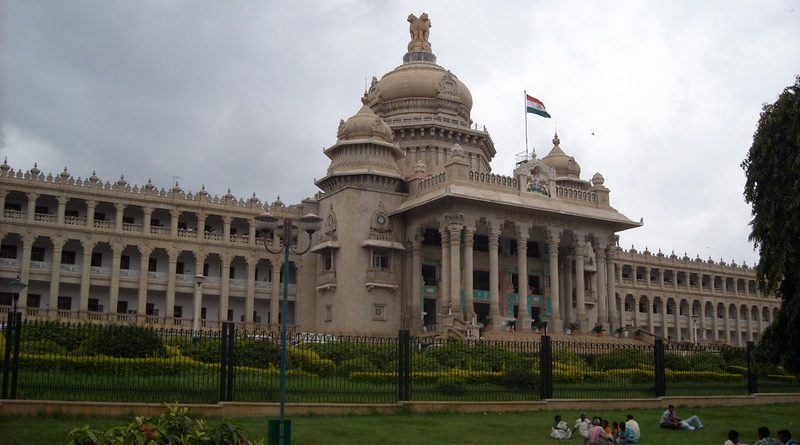Bangalore: The Silicon Valley of India
With a population of 9 million ,Bangalore, now named Bengaluru is one of the fastest-growing metropolises in India. As of 2023, the metropolitan area had an estimated GDP of $359.9 billion, and is one of the most productive metro areas of India. The city is a major center for information technology (IT), and is consistently ranked amongst the world’s fastest growing technology hubs. It is widely regarded as the “Silicon Valley of India”, as the largest hub and exporter of IT services in the country. Manufacturing is a major contributor to the economy and the city is also home to several state-owned manufacturing companies. Bengaluru also hosts several institutes of national importance in higher education.
Ancient History
Archaeological artifacts indicate that the human settlement in the region happened as early as 4000 BC The first mention of the name “Bengalooru” is from an old Kannadastone inscription from 890 AD found at the Nageshwara Temple.
From 350 it was ruled by the Western Ganga dynasty, and in the early eleventh century, the city became part of the Chola empire. In the late Middle Ages, the region was part of the Hoysala Kingdom and then the Vijayanagara Empire. In 1537 ,Kempe Gowda I, a feudal ruler under the Vijayanagara Empire, established a mud fortwhich is considered the foundation of the modern city of Bengaluru and its oldest areas, or petes, which still exist.
The Mughal Period
After the fall of the Vijayanagara Empire, Kempe Gowda declared independence, and the city was expanded by his successors. In 1638 , an Adil Shahi army defeated Kempe Gowda III, and the city became a jagir (feudal estate) of Shahaji Bhonsle. The Mughals later captured Bengaluru and sold it to Maharaja Chikka Devaraja Wodeyar of the Kingdom of Mysore. After the death of Krishnaraja Wodeyar II in 1759 , Hyder Ali seized control of the kingdom of Mysore and with it, the administration of Bengaluru, which passed subsequently to his son, Tipu Sultan.
The Tipu Sultan allied with the French and as ruler of Mysore remained anti British and was eventually killed defending his realm

The British Period
The city was captured by the British East India Company during the Anglo-Mysore Wars, and became part of the Princely State of Mysore. The administrative control of the city was returned to Krishnaraja Wadiyar III, then Maharaja of Mysore, and the old city developed under the dominions of the Mysore kingdom.
In 1809 the British shifted their military garrison to the city and established the cantonment, outside the old city. In the late 19th century CE, the city was essentially composed of two distinct urban settlements, the old pete and the new cantonment. Following India’s independence in 1947, Bengaluru became the capital of Mysore State, and remained the capital when the state was enlarged and unified in 1956 and subsequently renamed as Karnataka in 1973. The two urban settlements which had developed as independent entities, merged under a single urban administration in 1949.
Bengaluru may now be the “Silicon Valley of India,” known for its thriving tech industry, and pleasant climate.
But here are some key attractions to explore in the city:
1. Bangalore Palace: Inspired by England’s Windsor Castle, this stunning palace features beautiful architecture and lush gardens, offering a glimpse into the royal history of the city.
2. Lalbagh Botanical Garden: A sprawling garden famous for its diverse flora, including a glasshouse that hosts flower shows. It’s a great spot for a leisurely stroll or a picnic.
3. Cubbon Park: An expansive green oasis in the heart of the city, ideal for jogging, walking, or simply relaxing amidst nature.
4. Vidhana Soudha; An impressive legislative building, known for its Neo-Dravidian architecture. It’s a prominent symbol of Bengaluru’s governance.
5. Tipu Sultan’s Summer Palace: A beautiful example of Indo-Islamic architecture, this palace showcases intricate woodwork and historical artifacts from the time of Tipu Sultan.

6. ISKCON Temple: One of the largest ISKCON temples in the world, this spiritual site is known for its stunning architecture and peaceful ambiance.
7. Nandi Hills: A short drive from the city, this scenic hill station is perfect for trekking and offers breathtaking sunrise views.
8. Commercial Street: A bustling shopping area where you can find everything from traditional attire to trendy fashion, along with street food stalls.
9. Koshy’s Restaurant: A legendary eatery that serves a mix of Indian and continental cuisine, known for its charming ambiance and history.
10. Bangalore Fort: A historical fort that dates back to the 16th century, it’s a great place to learn about the city’s past.
Destination: India




